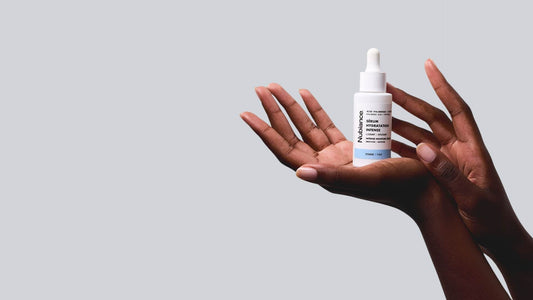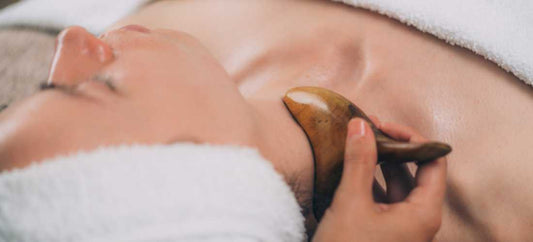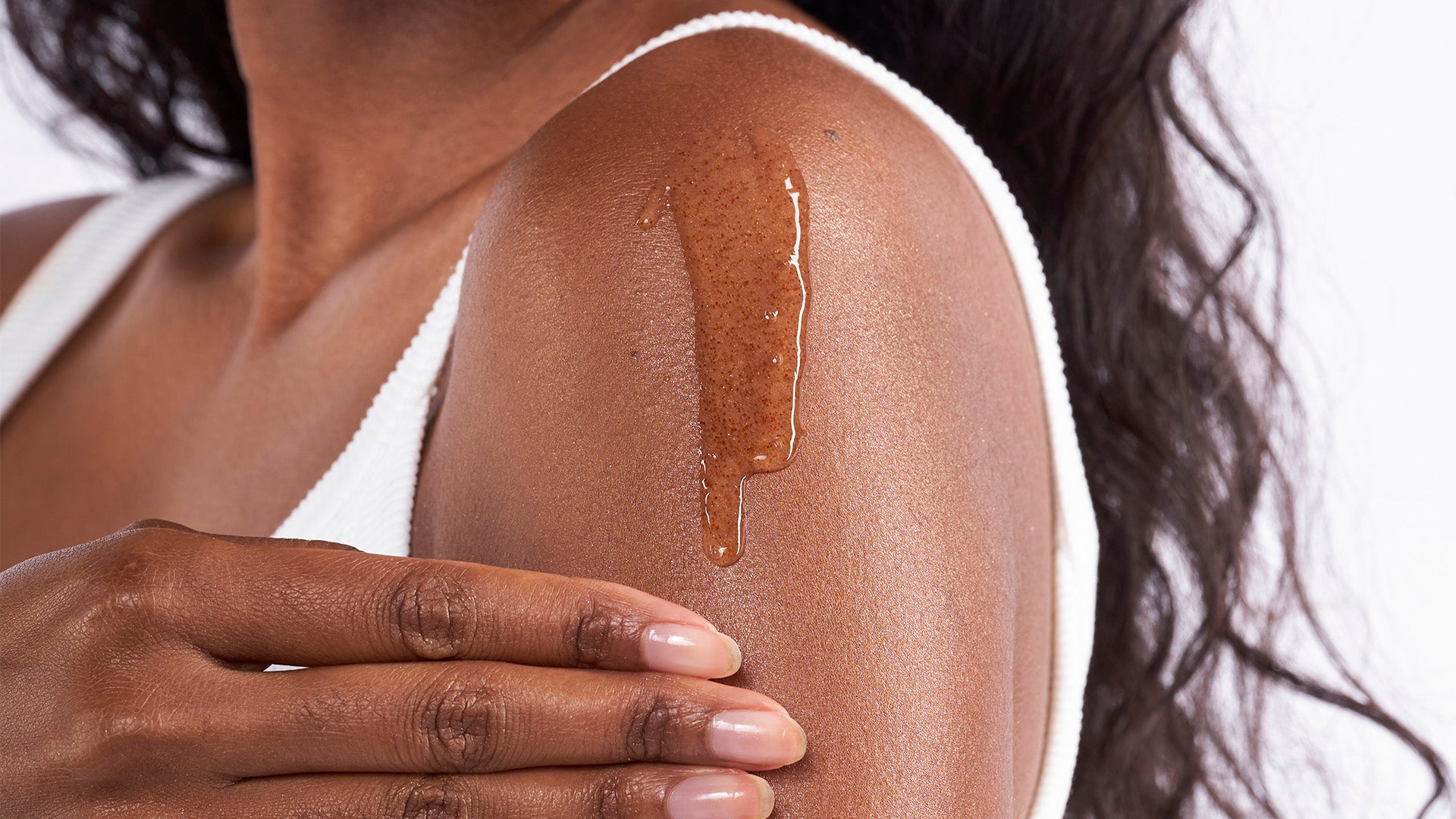
How to determine your skin type?
Partager
Knowing your skin type allows you to better choose your skincare products. As a general rule, oily skin tends to be acne-prone and dry skin tends to be sensitive. But it's not always the case ! Dry skin can also be acne prone just as oily skin can be sensitive. At Nubiance, we offer treatments adapted to each type of skin and problem encountered.
What technique to use to identify your skin type?
There is a very simple technique to determine your skin type. It only requires very few things: a handkerchief or a paper towel as well as a little time and attention. To start the experience, all you have to do is wash your face in the morning, with a gentle cleanser without rubbing. Then, rinse with lukewarm water and gently wipe your face. After an hour, place the tissue or paper towel over your entire face. The marks left on the paper will help you recognize your skin type.
-
Oily skin
Oily marks will be visible on the handkerchief, especially in the middle zone or the T-zone. If your skin is tight, this feeling of discomfort indicates that it is both oily and dehydrated.
You also certainly notice that the pores on your face are dilated and that acne pimples appear from time to time. Oily skin is characterized by the overproduction of sebum, causing shine on the face.
-
Acne oily skin
Oily skin is often prone to acne, especially when it suffers from hormonal disorders. Oily acne-prone skin is in a separate category since pimples are present on the epidermis on a regular basis.
Oily, acne-prone skin is easily recognized by the presence of dilated pores all over the face. To treat it, we advise you to first cleanse and purify your skin daily in order to gradually make the pimples disappear, then to use an anti-stain treatment to eliminate the dark spots of hyperpigmentation.
-
Combination or unbalanced skin
When you do the handkerchief test, only the part of the middle area leaves greasy traces. On this area, the pores are dilated and there are often comedones. On the rest of the face, especially the cheeks, the skin is dry and sensitive. You may sometimes feel a pulling sensation.
When you have combination or unbalanced skin, you have to be careful about the care to adopt. If your products are poorly adapted, the oily parts may become even more oily and the same for the dry parts. To help you restore this imbalance, opt for our beauty routine specially designed for combination skin .
-
normal skin
After the handkerchief test, this type of skin leaves slight oily traces on the towel. By observing closely, you will find that your pores are not very visible, because they are very tight.
-
Dry skin
If you have dry skin, there will be no marks on the paper after the test. The pores of your epidermis are very tight. Oily skin is due to excessive sebum production while normal skin has good sebum content. On the other hand, the sebaceous glands of dry skin do not produce enough protective oil.
As a result, the skin is sometimes dull and lacks radiance . In addition, she tends to pull, because the skin texture is very fine. It is therefore necessary to avoid using water that is too calcareous at the risk of drying out your skin and causing irritation or itching.
A final way to determine your skin type is through a skin diagnosis. At Nubiance, this skin diagnosis is free and online . He will guide you towards the routine best suited to your skin, taking into account each of your concerns. Don't wait to test it!




